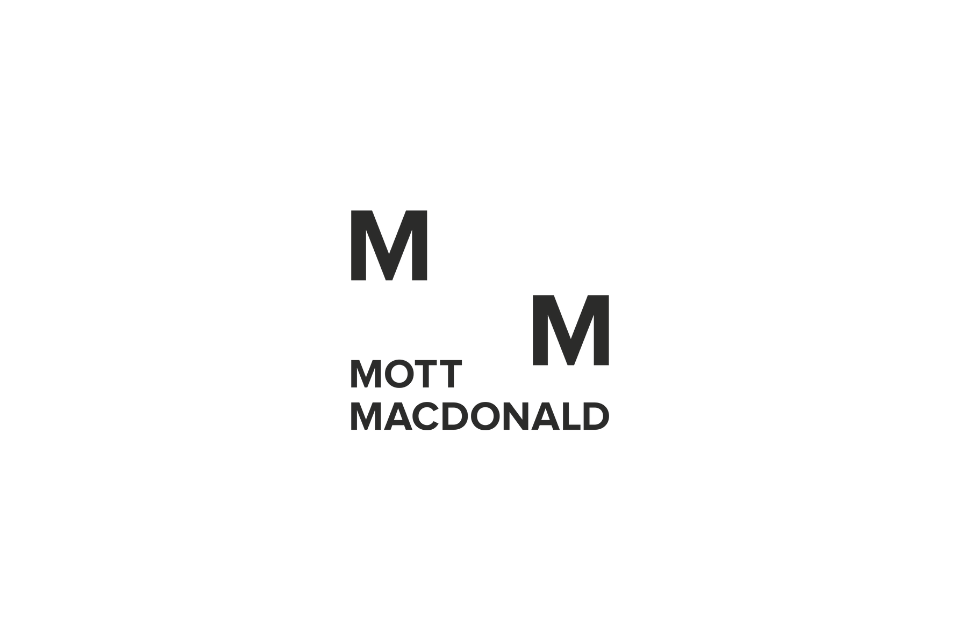Our journey to carbon neutral
In 2020 we became the first company in our sector to achieve carbon neutrality. This is a summary of our journey, from establishing a carbon baseline to driving down and offsetting our emissions.
Our original plan was to become carbon neutral in 2022. However, Mott MacDonald’s executive chair Mike Haigh challenged us: “Let’s make it happen in 2020!”. It was daunting to have two years knocked off our timetable, but we knew a demanding goal would spur teamwork and innovation.
Defining our carbon baseline
We couldn’t effectively cut carbon if we didn’t know what we were emitting and where. So, our journey began by calculating our global carbon footprint; a mammoth task with projects in over 150 countries.
The crucial first step in our calculation was gathering good quality data. We managed this by creating an app sent to office managers around the world to help them collect the necessary data. This initiative was led by our executive chair, as effective culture change always requires visible leadership to drive it forward. We supported this with regular communications and engagement highlighting the importance of our efforts.
Once we had calculated our carbon footprint, we enlisted the Carbon Trust to verify our conclusions. They went over our entire methodology and examined all our spreadsheets, working with us to further improve our data and processes. The Carbon Trust verified our global carbon footprint for 2019 to be 30,019tCO2e.
Driving down our carbon footprint
To decarbonise the energy supplies to our offices we worked closely with our landlords, and most have now moved to renewable energy supplies.
With our biggest travel-related emissions from flying, we now signpost low carbon airlines or those offering offsetting schemes. Our efforts to promote collaborative platforms and conferencing technology to avoid unnecessary travel were given a helping hand with the arrival of the COVID-19 pandemic, showing how seamlessly we can work using technology. In North America, where we noted a lot of road travel, we promoted hybrid vehicles and are moving towards electric. Elsewhere, we worked with providers for preferential rates on low emissions vehicles.
Finally, although we firmly believe in carbon reduction over carbon offsetting, we had to mitigate our remaining emissions by physically removing CO2 from the air to become carbon neutral. We chose our carbon offset scheme carefully – one for which we had provided advisory services: a peatland project at the Berbak National Park in Indonesia. We have bought offset credits that will finance the creation of new peatland with a storage capacity equivalent to 31,000t of carbon.
The importance of accreditation
Accreditation has not only assured us of the quality of our approach, but also demonstrates to others that we have truly done what we say.
- We first met ISO 14064, the international standard for carbon reporting.
- Verification of our offsets showed we had also met the standard for carbon neutrality, PAS 2060.
- We are also globally certified to PAS 2080, the international standard for managing carbon in infrastructure. Applying the principles and methods of PAS 2080 to our clients’ projects and infrastructure operations can contribute substantially to their emissions reductions.
Benefits to business
- Internal: colleagues feel pride in working for a company that takes carbon reduction seriously.
- Clients and partners: clients and partners increasingly need to consider carbon emissions in their supply chain and are talking to us about our carbon neutral journey.
- Financial: we know that carbon is a proxy for cost, so carbon efficiencies correlate with cost savings.
- Reputation: certification and verification from external bodies bolsters credibility.
Our pathway to carbon neutrality and onwards to net-zero has been approved by the Science-Based Targets initiative – a collaboration between carbon disclosure charity CDP, the UN Global Compact, the World Resources Institute and the World Wide Fund for Nature.
Next steps
We want to make the journey from carbon neutral to net-zero by 2040. Our journey will involve development of what we’re already doing, with one clear change: we’ll offset our residual carbon emissions ourselves, without relying on third parties.




